Welcoming visitors from north and south
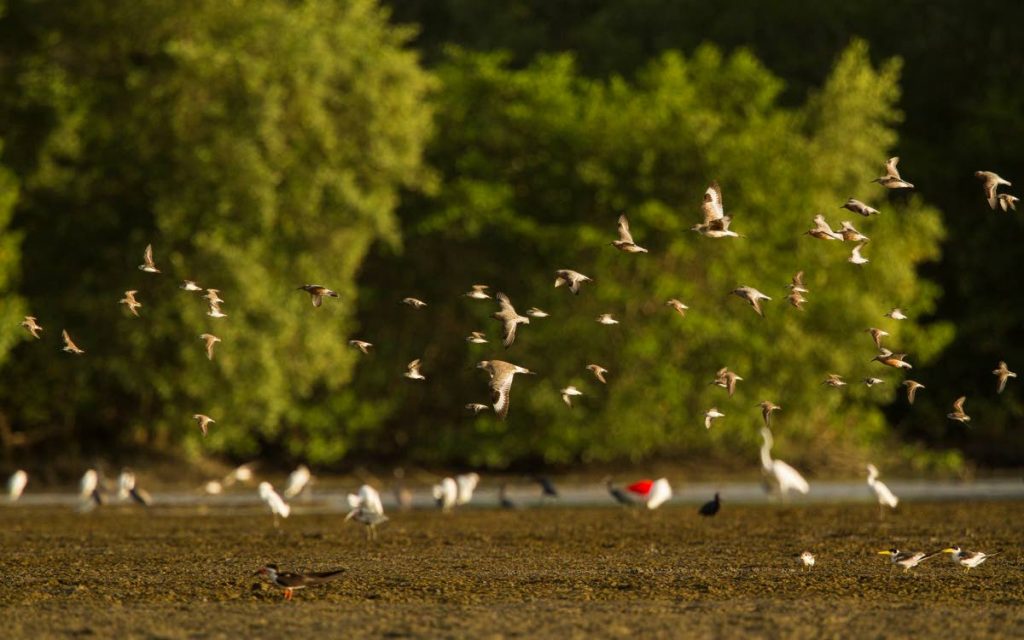
Our islands, Tobago and Trinidad, are lucky to lie at the cross roads of migration paths for birds from the northern and southern hemispheres. Faraaz Abdool asks us to look out for these travellers, some of which might be from North America or South America, depending on the time of year. Our hospitality means allowing them to find food in unpolluted natural spaces. All photos courtesy Faraaz Abdool
What exactly is migration? The term is often used in reference to human movements: emigration, immigration, rural to urban migration, colonisation, and the list goes on. In nature, however, migration is nothing like this. Migration is an endless cycle, tuned to the internal and external rhythms of the earth. Migratory species are intrinsically linked to our planet and its relationship with the sun, an elaborate play of light and shadow on a truly cosmic scale.
In nature, there are different types of migration. Altitudinal migration involves the movement of animals to and from areas of differing altitudes, based on climatic conditions, food availability or anthropogenic influence. This concept can be extended to some marine creatures, many of which migrate daily from the dark, high-pressure depths of the ocean to the shallows each night – returning to the darkness as daylight returns to the surface. The much-heralded Great Migration of East Africa involves millions of ungulates (hoofed mammals) – mostly wildebeest and plains zebra – following the roving but predictable patterns of rainfall. These animals are closely shadowed by a host of predators and the entire annual migration is one of the greatest spectacles on earth.
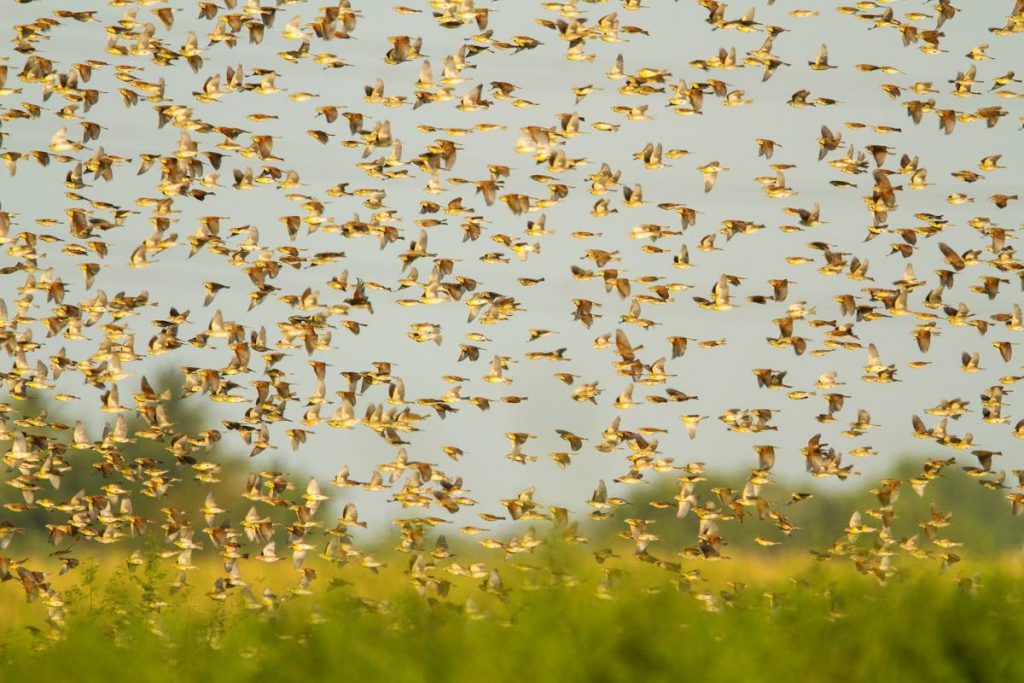
But what about us here on our tiny islands just north of the equator? Do our islands feature on the migration paths to allow us experience or insights to such unfathomable journeys? Yes, all we have to do is look up. The answer is above us. We are lucky to lie on the migration routes of flocks of birds heading south for the winter.
Thousands of species of birds are entirely migratory, many others are classed as partially migratory – where some of the population migrate while others stay in place. Possessing the ability to fly, birds travel great distances in search of food or suitable habitat. It is the mere scale of this that boggles the mind – the world’s champion long-distance migrant is the Arctic tern; at a weight of 113 grams, it can travel 71,000 kilometres on its round trip journey. Each year, it zigzags across the Atlantic Ocean from Greenland to Antarctica and back. But to see one in TT requires some good fortune. Only one Arctic tern has ever been seen here, a young bird on its northbound journey in May 2019.
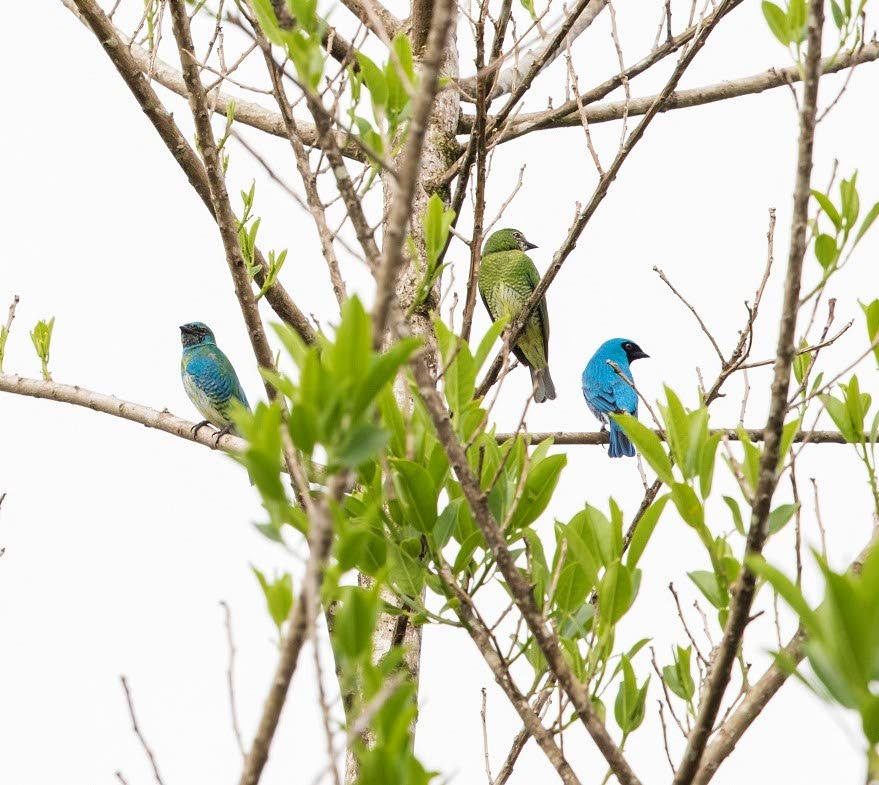
There are several other species which rival the Arctic tern’s mammoth migration, many of these regularly transit through TT each year. The reason for this is that TT is located along the North American Atlantic Flyway – a sort of thoroughfare for migrating birds. Boreal migrants or migrants from North America routinely fly south to escape the cold fingers of the northern winter each year. Shorebird species like the red knot, pectoral sandpiper and hudsonian godwit spend the spring and summer months courting, mating and incubating eggs in the Arctic tundra. These birds do not have time to linger after their eggs hatch as their journey takes them southward across North America, throughout the Caribbean and into South America – as far as Tierra del Fuego. Once they arrive, it is a mad rush for food so that they can commence the second half of their migration: back to their Arctic breeding grounds.
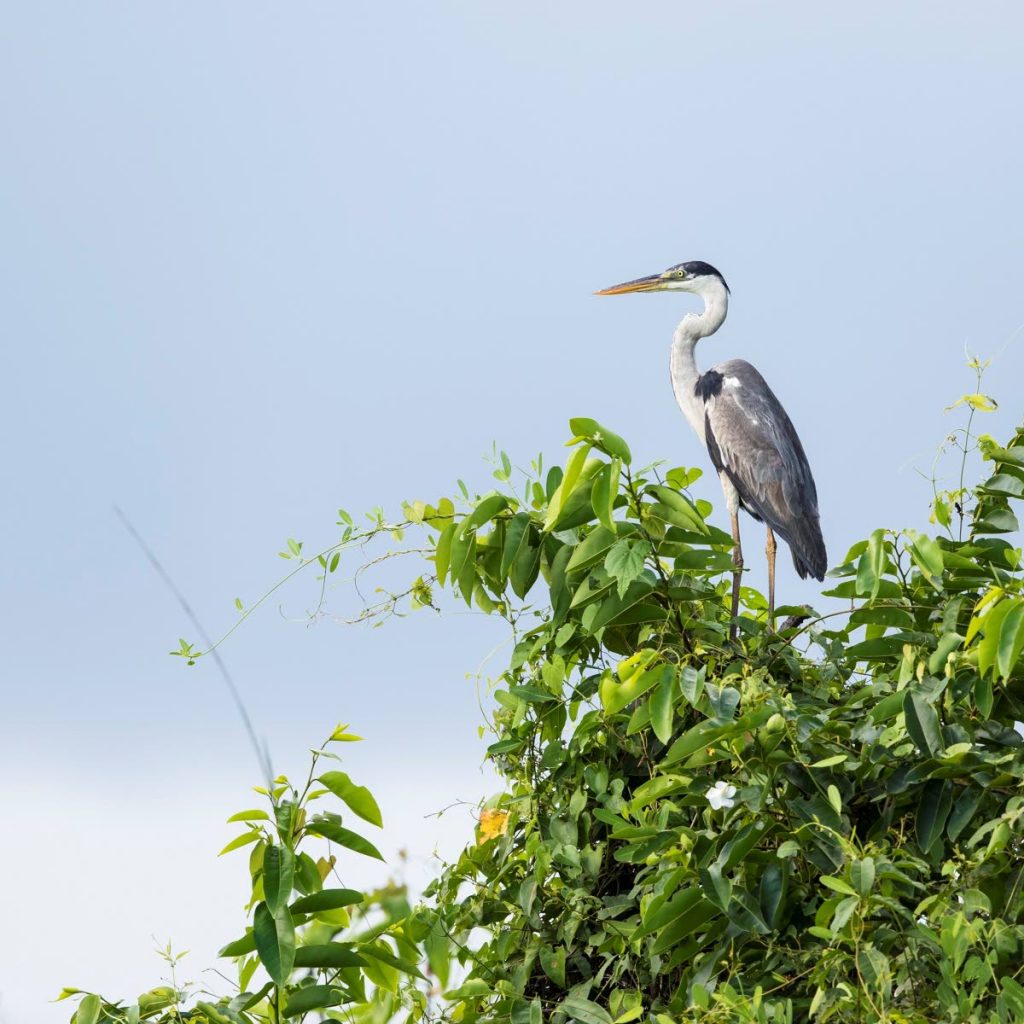
While not as extravagantly travelled as the shorebirds, many other small, brightly-coloured birds also use this North American Atlantic Flyway to escape the boreal winter. Warblers, orioles and various other songbirds routinely spend a few months enjoying our warm weather. Some are more commonplace than others – yellow warblers and northern waterthrushes are regular winter visitors here, their cheerful chips and chirps enhance the soundscape of forests, wetlands and even suburban areas from September through April. Our position along the flyway facilitates fortuitous sightings; each migration season, birders are alert for any unfamiliar song.

Some territories further north in the Caribbean archipelago may boast of higher numbers and a greater diversity of North American birds, but TT holds another secret. Just as there is a mass movement of birds escaping the boreal winter, so too there are birds seeking to escape the austral or southern winter. Numerous species of distinctly South American birds travel north in very much the same fashion as previously described, albeit on a much smaller scale due to the shape of the continent.
Interestingly enough, many austral migrants spend their time here breeding and raising their young. Brilliantly coloured swallow tanagers may nest on the higher elevations of Trinidad’s Northern Range, while the slate-grey plumbeous kite builds its nest of sticks in the forest canopy across the island. Fork-tailed flycatchers take our islands by storm, and for many months can be found in their hundreds occupying every habitat from grassland to forest.
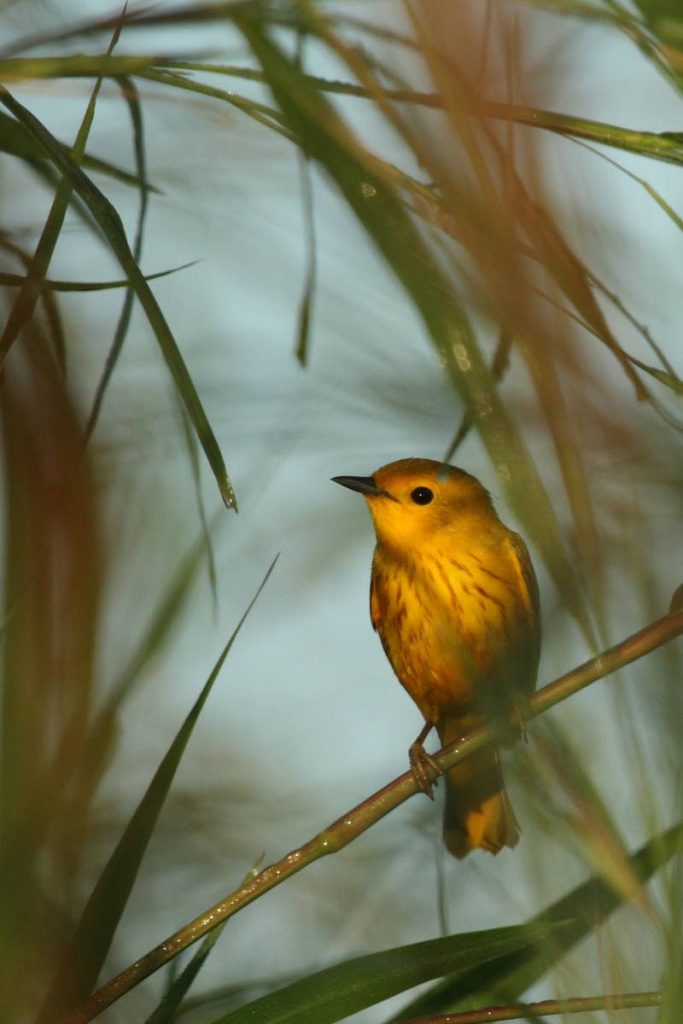
This cast of birds is often missed entirely by visiting birders, as the traditional “high season” for tourists coincides with the northern winter and the influx of boreal migrants. Clearly, there is potential for TT to increase its appeal to birding tourists throughout the year.
With both austral and boreal migrants frequenting TT, unique opportunities are presented. There aren’t many places on earth where it is possible to view birds from different continents coexisting in the same place; a place that none of these species call home yet provides all the necessary amenities. For a few weeks in April and a similar time frame in August, one can experience the inconceivable. Briefly, North and South American species live together, feed together, and evade the same predators.
It is important to note that natural migration is a cycle, whereas human migration is typically one-way. In nature, everything circulates in an infinite, self-sustaining loop. Migratory species depend on the health and viability of places thousands of kilometres away. As human beings lucky enough to be visited by countless birds from countries we’ve never seen, we have the responsibility to ensure that their odyssey remains cyclical, and does not morph into an anthropogenic, one-way dead end.


Comments
"Welcoming visitors from north and south"